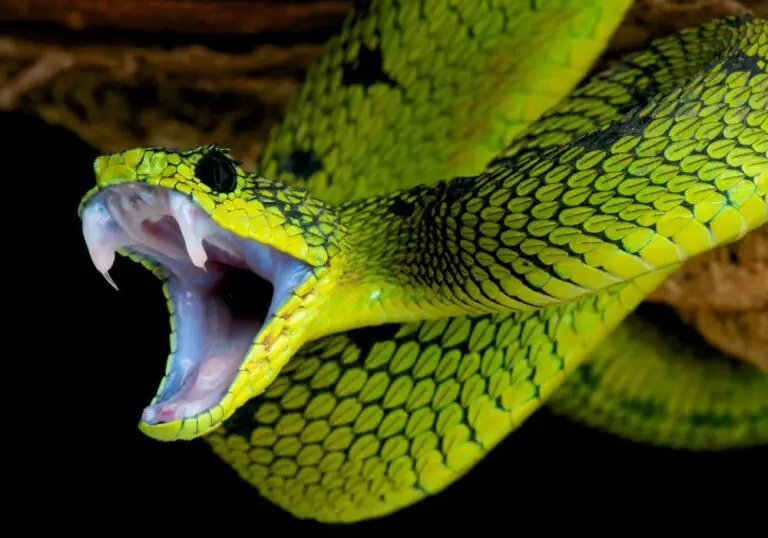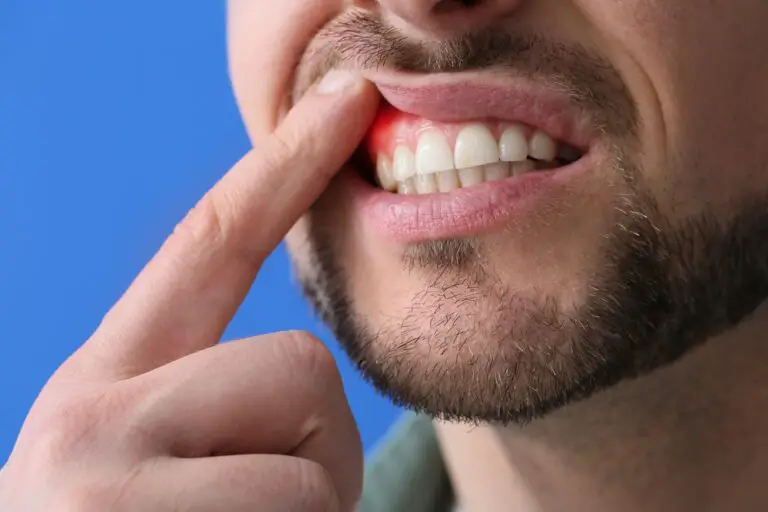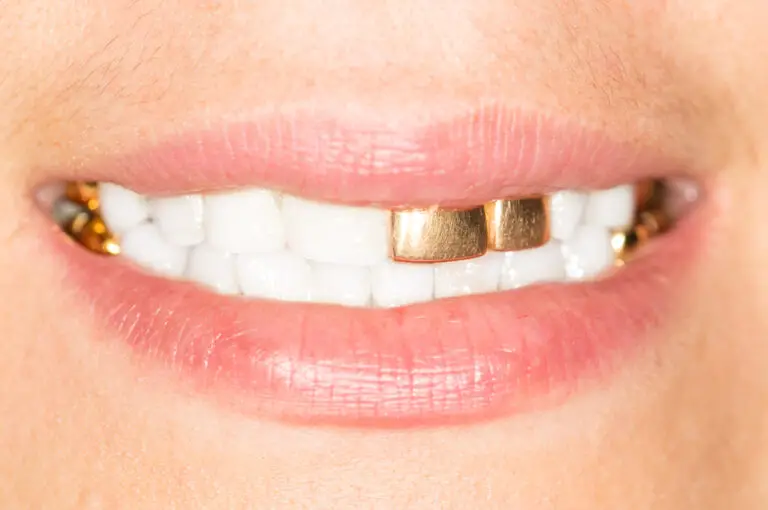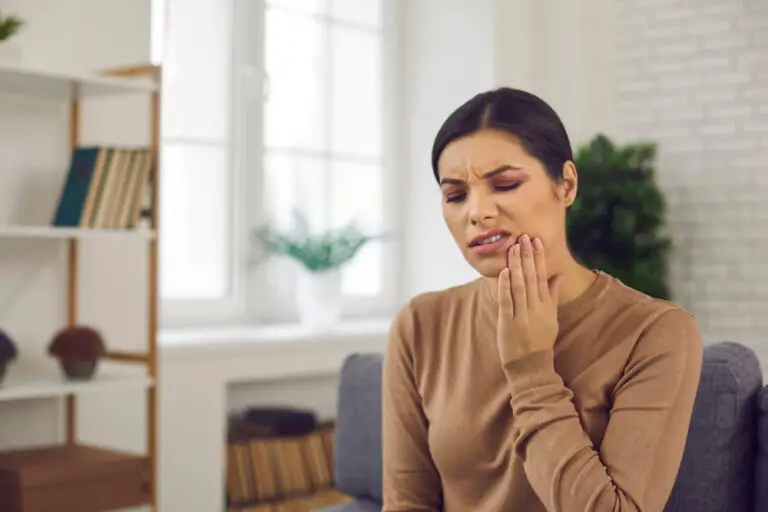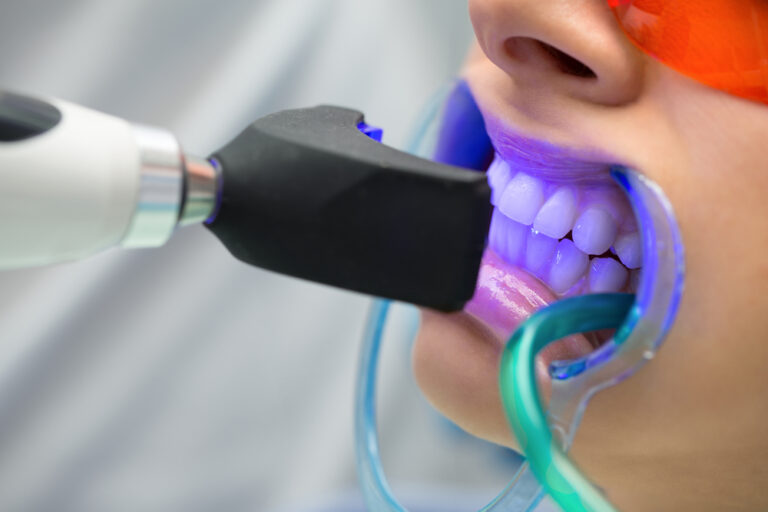Understanding the Problem
Many dog owners struggle with getting their furry friends to tolerate toothbrushing. It’s an important part of doggy hygiene, but can be met with growls and snaps. If your dog bites you when you try to brush his teeth, don’t feel bad – you’re not alone! Understanding the reasons behind this behavior is the first step to solving it.
Doggy Discomfort
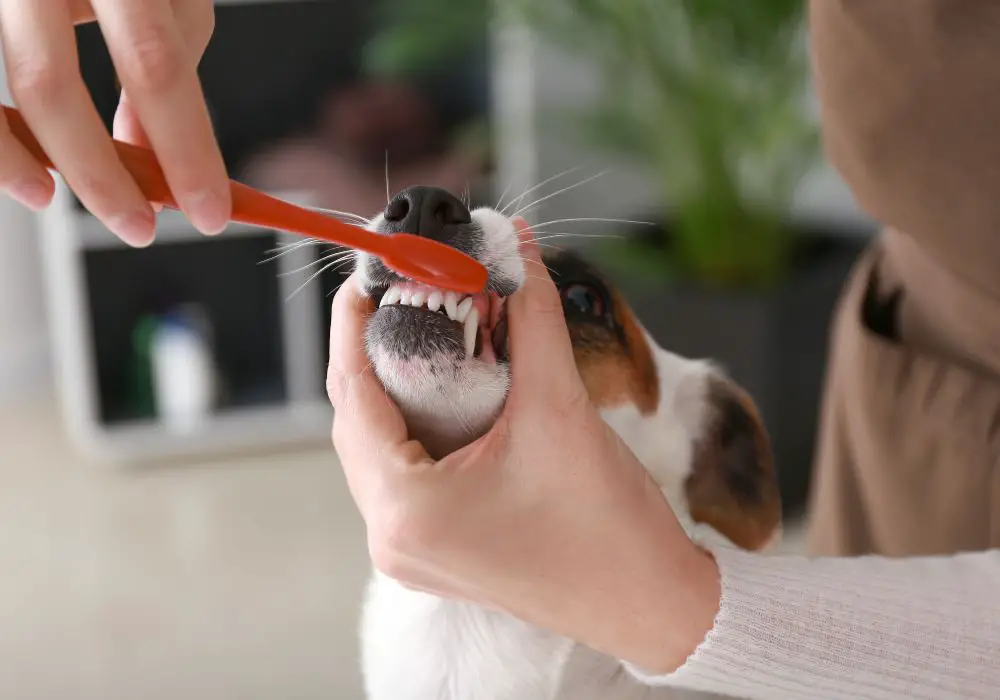
For many dogs, toothbrushing simply feels unpleasant. The sensation of having a foreign object rubbed along their gums and teeth can cause discomfort in a few ways:
- Sensitive gums – A dog’s gums may be more sensitive than our own. The abrasion of bristles can cause irritation or soreness, especially if brushing too hard. Dogs may reactively bite to make the unpleasant sensation stop.
- Temperature sensitivity – The paste or water used during brushing may feel uncomfortably cool or warm against your dog’s gums. Dogs have acute temperature sensitivity. This sudden change can make them jerk their head away or snap.
- Unfamiliar tastes – Human toothpastes often contain strong mint flavors that dogs dislike. Even dog-formulated pastes have new tastes. Unpleasant flavors can cause some dogs to bite the brush in an effort to make the flavor go away.
- Exposed roots/nerves – If your dog has receding gums or dental pockets, the brush may hit exposed tooth roots or nerves. This can be very painful and cause a bite reaction. Your vet can evaluate for any areas of sensitivity.
Fear of the Unknown
Toothbrushing is likely a new experience for your dog. New experiences can cause fear and uncertainty, even if you don’t intend any harm. Some specific reasons a dog may fear toothbrushing include:
- Invasion of space – Having something inserted into their mouth can feel invasive and threatening. It’s an uncomfortable invasion of their space.
- Dislike of restraint – Many dogs need to be gently held in place during brushing. The feeling of restraint triggers fear and defensive reactions in some dogs.
- Discomfort with handling – Your dog may generally dislike having his mouth, muzzle or head touched. Toothbrushing involves all of these handling sensations at once in a confined space.
- Negative association – If your dog had a bad experience getting his mouth handled at the vet or groomer’s, he may associate mouth touching with that negative memory.
With time and positive association, many dogs learn to become comfortable with toothbrushing routines. But the fear of the unknown can initially cause them to bite their well-meaning owners.
Lack of Training
Has your dog been taught that biting is not okay? Some dogs may resort to biting out of lack of training. Without proper conditioning, they default to mouthing behaviors:
- No bite inhibition training – Your dog should be taught as a puppy how to control the force of his mouthing. If he never learned to inhibit bites, he risks painful chomps when scared or startled.
- No training of alternatives – Your dog needs to learn polite alternatives to biting like sitting, walking away, or taking a toy. Untrained dogs haven’t learned these appropriate calming behaviors.
- Insufficient handling training – Owners need to teach dogs to tolerate handling of paws, ears, muzzle and mouth. Without this desensitization, they see toothbrushing as shocking.
- No “drop it” command– A key aspect of toothbrushing is getting the dog to release an object from his mouth. Dogs who lack a solid “drop it” command may become possessive and bite.
With patience and positive reinforcement, you can still train an older dog not to bite during mouth handling. But it will take more time than if these manners were taught young.
Medical Issues
In some cases, underlying physical problems could be causing your dog’s behavior. Sudden aggression during brushing may indicate:
- Dental disease – If your dog has painful cavities, gingivitis or other dental issues, brushing may hit sensitive areas. Infections can also contribute to mouth and tooth pain.
- Orthodontic problems – Issues like malocclusions, improper bite alignment or retained baby teeth can make some areas of the mouth extra sensitive.
- Trauma history – Past damage to the muzzle or teeth from an injury may make your dog defensive about anyone touching his mouth.
- Neurological problems – Nerve disorders, brain disease and cognitive dysfunction can remove a dog’s tolerance for oral handling. Often other symptoms accompany mouth sensitivity.
Schedule a vet exam if your dog suddenly becomes mouth shy. Identifying and addressing sources of mouth pain helps minimize biting during brushing.
Solutions and Preventive Measures
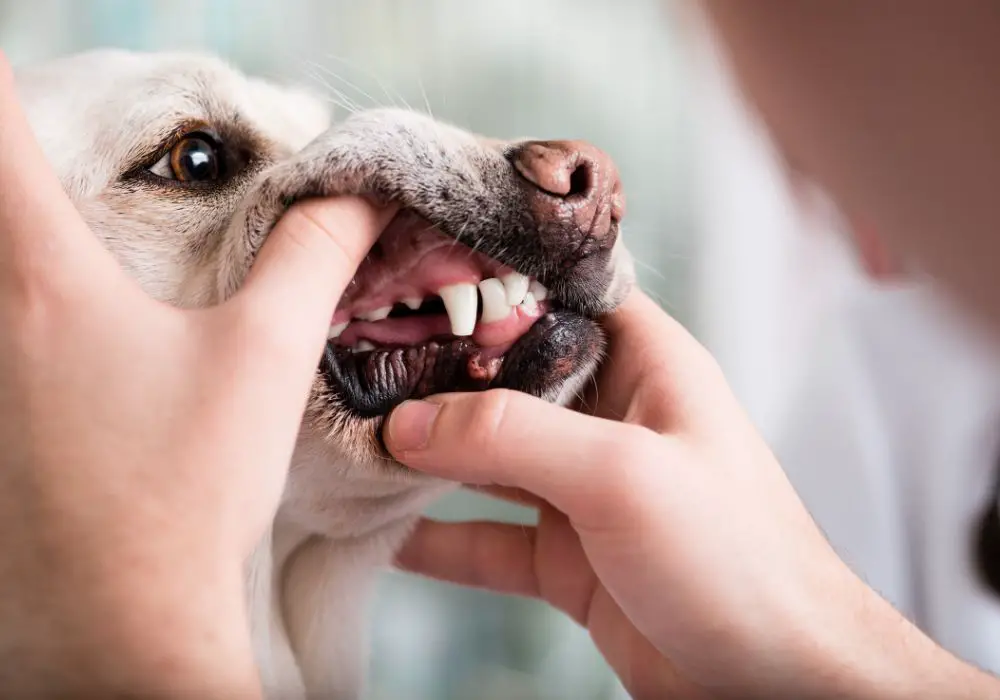
The good news is there are many ways to prevent or resolve toothbrushing bites. With a multi-pronged approach, you can have your dog’s teeth sparkling clean without the bite marks.
Desensitization Techniques
One of the most effective approaches is desensitization and counterconditioning. The goal is to slowly get your dog comfortable with touch around his mouth and the sensation of brushing. You want to change his negative associations to positive ones.
Here are step-by-step desensitization guidelines:
- Hold a dab of peanut butter or soft treat to your dog’s nose so he licks and begins associating your hand with good things.
- Touch your dog’s cheek or chin for a few seconds, then treat. Repeat until your dog no longer shies away from this light touch.
- Hold the treat to his teeth so he “gums” it without fully taking it. This gets him used to an object near his mouth.
- Gently lift his lips and touch his front teeth for 2-3 seconds. Treat and praise if he holds still. Build up duration.
- Briefly rub a finger over his outer gumline and teeth surfaces. Reward calm behavior.
- Rub the teeth and gums with a finger inside a worn sock or cloth so it feels less like bare human touch.
- Practice simulated brushing by wrapping a toothbrush in a washcloth and rubbing it along the teeth. Continually reinforce staying still.
- When your dog seems comfortable with above steps, try bare finger brushing gently along gumlines, then an actual toothbrush without paste.
- Finally, graduate to brushing teeth and gums with toothpaste. Keep sessions very short to end on a positive note.
With this gradual process, most dogs learn to accept and even enjoy their tooth brushing sessions! The key is going very slowly over multiple days or weeks and making each step a pleasant experience.
Find the Right Toothpaste
Dogs usually object to the taste of human toothpaste. There are pet-friendly toothpastes in flavors like chicken and beef that dogs love. Starting with a tasty toothpaste helps create positive early experiences. Consider these tips:
- Offer your dog sample tastes of different flavored pastes and allow him to choose his favorite. This sense of control can increase cooperation.
- Try versions specifically for sensitive mouths that contain mild cleansers and desensitizing compounds. These are less likely to cause irritation during brushing.
- Use doggie tooth wipes with built-in toothpaste if your dog is unwilling to have paste applied inside his mouth. These help get him used to tooth cleaning flavors.
- Apply just a small dab of paste at first so the new taste isn’t overwhelming. You can work up to a full strip of paste along the bristles.
- Ensure you are using true dog toothpaste, not human pastes that could make him ill if swallowed. Monitor to make sure he isn’t ingesting any.
Introduce Brushing Slowly
In addition to the desensitization sequence, follow these tips to acclimate your dog to the brushing process:
- Have multiple short sessions daily rather than one long struggle. Quickly end each session on a good note.
- Pick a relaxing location your dog already associates with pleasure, like his bed.
- Start by letting your dog simply lick paste off the brush. This prevents premature insertion into the mouth.
- Gently rub the bristles along the front outer surfaces of teeth at first. Only progress to interior surfaces once comfortable.
- Begin by brushing just the front few teeth and build up to the entire mouth.
- Pay attention to any signs of discomfort like head jerking orTrying a finger toothbrush may be less frightening at first than a full-sized brush handle.
- Offer high value treats like chicken continuously throughout the process so your dog correlates brushing with rewards.
Taking it slow allows the dog to gradually accept the sensations of brushing and being handled in the mouth. Rushing this process can backfire.
Make It Positive
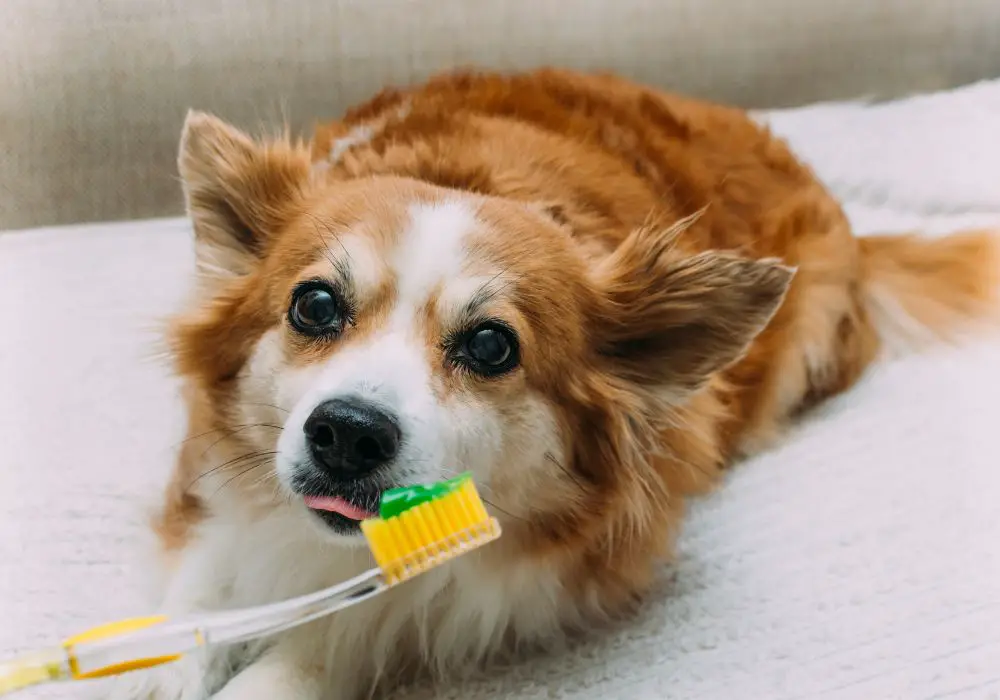
During training, lavish your dog with praise and treats for tolerating brushing. You want to overwhelm the experience with positivity. Recommendations include:
- Play calming music like reggae or soft classical to relax the mood.
- Diffuse dog-appeasing pheromones to further ease anxiety.
- Practice after exercise when your dog is already relaxed and content.
- Use a soothing massage or wear a calming compression wrap to nip stress.
- Schedule brushing after fun activities that stimulate natural mood-lifting neurotransmitters.
- Have freshly cooked chicken ready as a mega-reward your dog gets immediately after each session.
- Make it a 2-person job. One person calmly holds and reassures your dog as the other brushes.
The goal is for your dog to see toothbrushing as a pampering experience they look forward to. With creativity and positive energy, you can make it so.
Use Appropriate Brushes and Techniques
Specialized dog toothbrushes are designed to be more comfortable. The bristles are softer and the handles easier to grip than human brushes. Consider these tips:
- Try different brush styles like finger brushes or circular brushes to see which your dog prefers.
- Look for brushes with angled heads, shorter bristles or orthodontic shapes to better conform to dog mouth anatomy.
- Use a hose attachment or non-alcohol mouth rinse to moisten the bristles so they glide smoothly across teeth.
- If using human brushes, pick ones with small heads and ultra-soft bristles. You may need to trim bristles shorter.
- Avoid scrubbing and jabbing motions. Gently sweep bristles along gumlines in short downward strokes.
- Pay attention to signs of discomfort and avoid sensitive areas until your dog is comfortable having them touched.
- Research videos on proper technique. Your vet can recommend brushing motions tailored to your dog’s needs.
With the right brush and touch, brushing becomes therapeutic rather than traumatic.
Ask For Veterinary Guidance
If desensitization efforts don’t seem to be working, consult your vet for tailored advice. Schedule a dental exam to identify any areas of mouth sensitivity needing treatment.
Your vet can assess your dog’s unique temperament and advise adjustments to the training process. For extremely mouth shy dogs, they may prescribe anti-anxiety medications to help lower reactivity during the acclimation phase.
Many vets and veterinary nurses can demonstrate proper brushing technique and point out your dog’s mouth sensitivities. Some clinics even offer “brush your pet’s teeth” workshops.
Don’t hesitate to seek professional guidance. Your vet wants to help you succeed in home dental care and can tailor a plan for your pup.
Other Oral Care Options
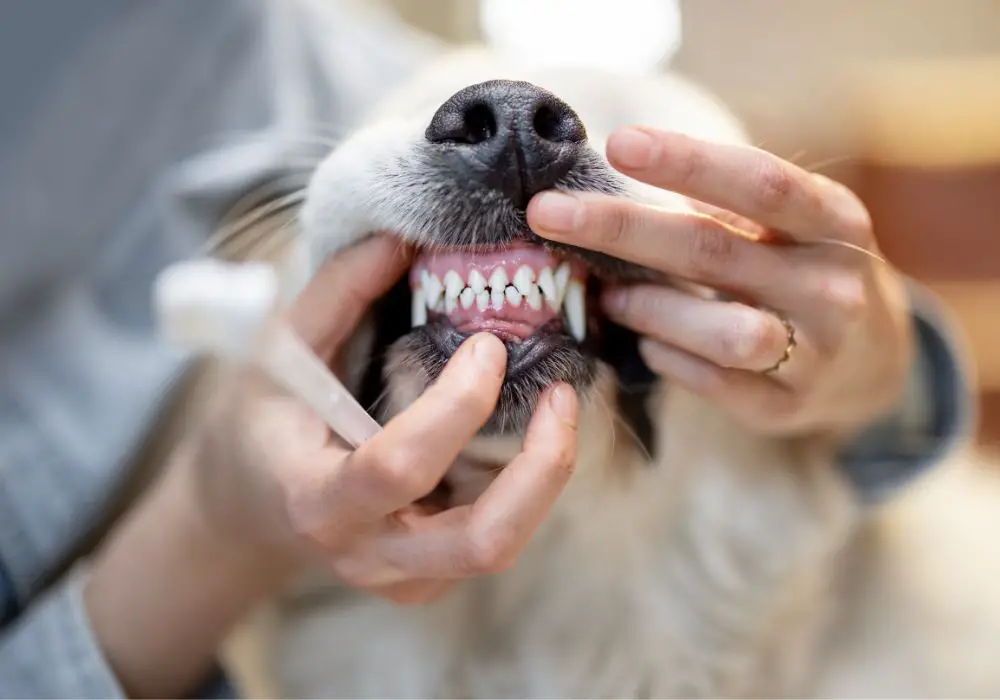
If your dog never quite accepts brushing, don’t lose hope. Consistent oral care can still be provided using some of these alternatives:
Dental Treats
- Look for treats and chews formulated to mechanically scrape away plaque.
- Seek products with VOHC approval confirming their plaque fighting efficacy.
- Avoid very hard treats that could damage teeth. Opt for compression treats dogs must chew harder to eat.
- Look for textured treats that brush the teeth like twisted sticks or dental sticks with nubs.
- Pair treats with oral rinses for maximum effect. Rinse first, then give the dental treat.
Treats won’t replace a brush, but help reduce bacteria between brushes. They are an important supplement.
Water Additives
- Additives like HealthyMouth help reduce bacteria. They alter water’s pH, slowing bacterial growth.
- Antiseptic rinses like chlorhexidine added to drinking water reduce oral bacteria. They come as solutions or gels.
- Seek veterinary advice choosing additives that are safe for daily use and appropriate concentrations.
- Tooth-protecting gels can be applied directly to teeth and massaged into gum lines daily.
Water additives expose teeth to anti-plaque ingredients multiple times per day.
Veterinary Cleanings
- Professional cleanings performed under anesthesia allow thorough scaling and polishing above/below the gumline.
- Bloodwork before cleanings checks internal organs are healthy enough for anesthesia. IV fluids during the procedure help kidney function.
- Some dogs get antimicrobial rinses like chlorhexidine applied after cleaning for maximum disinfection.
- Lasers to remove plaque may be used instead of manual scraping for less tissue irritation.
- Take your dog for veterinary cleanings about every 6-12 months depending on oral health. This frequency can vary.
Regular cleanings are crucial for clearing infection and thorough cleaning impossible while awake.
Dental Foods
- Kibbles and treats formulated for dental health tend to be larger, dense and crunchy.
- This texture provides abrasive cleaning of tooth surfaces as dogs chew.
- Look for VOHC-approved dental diets with proven clinical plaque reduction.
- Feed dental foods exclusively to benefit from their mechanical cleaning effects.
- Wet foods won’t provide cleaning action but are sometimes needed for dogs with poor dentition.
The right dental diet becomes your dog’s first line of defense against plaque.
Other Tips
- If your dog lacks a solid “drop it” command, train this immediately to help with toothbrush retrieval.
- Consider dental wipes for wiping away soft debris between brushings.
- Ensure you are brushing after eating, not before, when soft food debris helps cushion bristles.
- Try mouth props like the LiftDoggie Lip Lifter that hold the mouth open if your hands are occupied brushing.
- Ask your vet about the Mikki Pet Tooth Cleaning System that suctions away plaque using disposable tips.
Don’t give up on oral care for your dog. With some adaptations, it can still be effective and safe. Your dog’s shiny smile and healthy mouth are worth it!
Frequently Asked Questions
Here are some common questions dog owners have about toothbrushing biting:
Why has my dog just recently started biting when I brush his teeth after months of allowing it?
If your dog tolerated brushing in the past, sudden biting likely indicates new discomfort. There may now be an area of dental disease or mouth irritation causing pain when brushed. Schedule a veterinary dental exam to identify any problems requiring treatment. In the meantime, avoid brushing painful areas.
Are certain breeds more prone to objecting to toothbrushing?
Breed traits can play a role. Terrier breeds often have less tolerance for mouth handling. Hounds also tend to be more stubborn about oral care. However any dog can learn to accept brushing with proper training. The key is to start young and make it rewarding.
Could my older dog be biting because he doesn’t recognize me?
It’s possible. Senior dogs with cognitive dysfunction may no longer recognize their owners. The feeling of a stranger handling their mouth can cause a bite out of fear or confusion. Check for other signs like aimless wandering, accidents and altered sleep patterns. Consult your vet about cognitive issues.
Is it safe to continue brushing if my dog softly mouths my hand?
For gentle mouthing without broken skin, you may be able to continue with precautions like hand protection. Redirect this behavior into “kissing” your hand instead. Offer treats as a replacement behavior. Ensure the mouthing isn’t escalating into true bites that warrant cessation of brushing.
Should I scold or punish my dog for biting during brushing?
Punishment is ineffective and may worsen any fear or anxiety. Instead redirect biting into polite alternatives like sitting or taking a toy. Use positive reinforcement to teach settling behaviors when upset. Maintain a calm, patient demeanor during brushing rather than disciplining biters.
My dog hides when he sees the toothbrush. How do I counteract his fear?
Make the toothbrush appear randomly throughout the day doing non-threatening activities like lying on the floor holding treats. Allow your dog to approach and sniff it. Pair it with favored things like walks and play. Forcing interaction will worsen your dog’s fear, so let him set the pace. Remain upbeat when the brush appears.
Don’t become discouraged if your dog protests toothbrushing. There are many techniques and aids to try making it an easier, more comfortable experience for both of you. Work closely with your veterinarian to devise a training plan tailored to your dog. With time and positive persistence, your pup’s pearly whites will sparkle!

